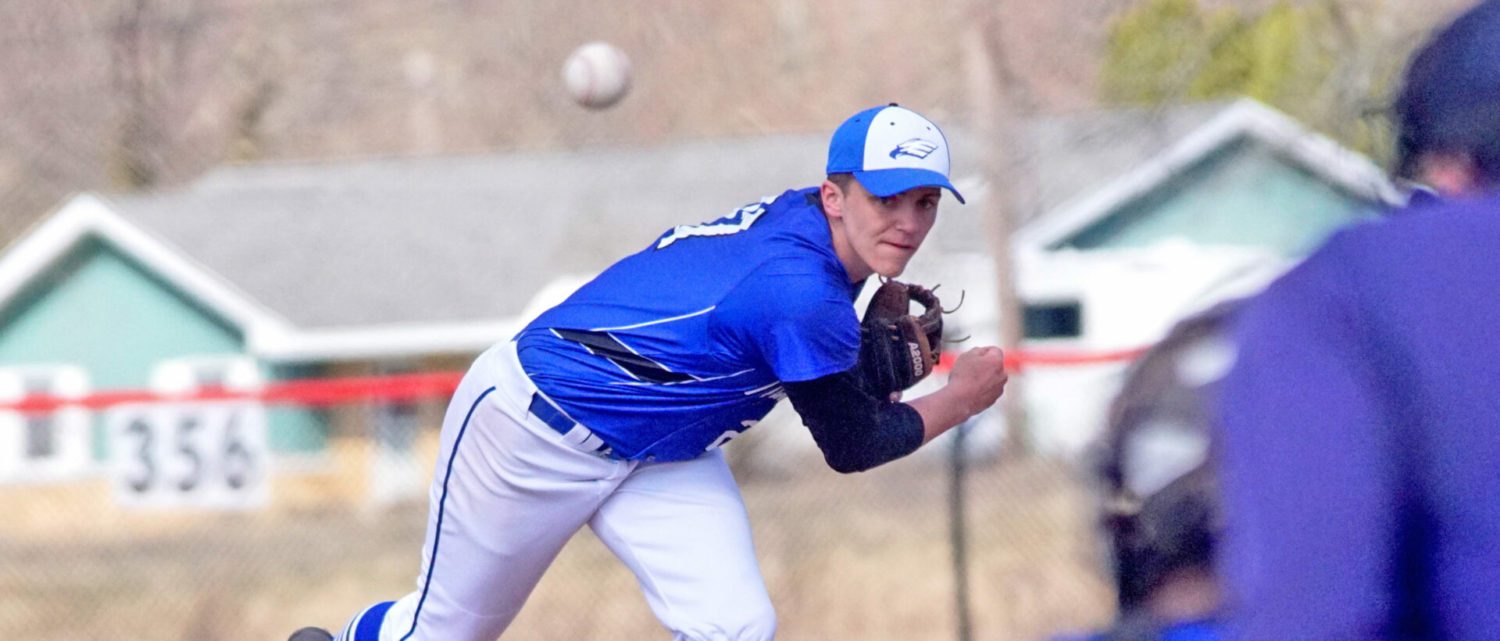Click here to read Part 1 of the series.
I remember it like it was yesterday.
It was the final game of my sophomore season. My JV football team, Muskegon Catholic, was hosting an always-game Muskegon Heights squad.
I think it was mid way through the third quarter when the injury occured, while attempting to fill from my safety position on a Heights running back. We met about five yards past the line of scrimmage, and as I lowered my shoulder with great force into the runner, I felt another, greater blow to my right. In an instant, an intense stinging sensation ran up and down my spine. Simultaneously, I saw a flash of light which seemed to overpower my vision. I think I passed out.
I fell to the ground, and, regaining consciousness, quickly attempted to regain my feet, grabbing onto a couple teammates who flanked me. Before standing fully erect, my feet gave out and I laid there unable to move the left side of my body.
My head was cloudy and frantic.
It was a scary couple of minutes, laying there as the nerves running up and down my back, arms and legs hummed with injury and shock. My coaches sternly recommended that I lay still, and eventually an ambulance drove on the field, put me on one of those boards used to minimize back movement, and carted me off to the nearest hospital.
My season was over; while the rest of my teammates were moved up to fill up the varsity team ranks for another playoff run, I sat on the sidelines, my neck in an enormous brace for the next six weeks.
It was determined soon after being injured that I had suffered a ‘stinger’, something that happens when a powerful blow greatly compresses the muscle in the shoulder while causing the neck to snap the opposite direction. If you’ve ever had a stinger, you know that an immense amount of electricity travels down the nerves in your back and into your extremities.
While at the time my back injury was the primary cause of concern, I’m only now realizing that I also suffered a concussion. The brief loss of consciousness immediately after the hit, and then the headaches and the degradation of memory, symptoms I suffered for weeks after the injury. Thankfully, those symptoms faded.
Luckily for me, once I took the field for summer practices the next year, I had committed myself to changing my style of play. Before I was injured, I never hesitated throwing my body into a scrum. Though undersized, I loved to hit and never avoided a collision. But after getting injured, I was moved to the cornerback position, preferring to turn sweeps to my side back into the middle, where my bigger teammates prowled in search of tackles. Instead of meeting opponents squarely at the point of attack, the new position allowed me to meet running backs running at a 45-to-90 degree angle to the line of scrimmage instead of straight-on.
My concussion days were over.
Unfortunately because of their size, some kids after suffering a head injury are ushered back into the most physical positions. Thus, their brain injuries fail to fully heal and the cycle continues anew.
And science tells us it’s both those huge hits, and the smaller, repeated head traumas which can cause brain damage.
One recent study, published in Scientific Reports measured the brain health of over a dozen former NFL players against 60 healthy individuals.
The results were as stark as they were undeniable.
“The NFL alumni showed some of the most pronounced abnormalities in brain activity that I have ever seen, and I have processed a lot of patient data sets in the past,” said lead study author Dr. Adam Hampshire, of the department of medicine at Imperial College London.
Hampshire’s group found through brain scans the former NFL players exhibited unusual brain patterns in their frontal lobes, an area of the brain most responsible for high-order thought processes. More disturbing, a computer, analyzing the results from brain scans, was able to predict which belonged to former NFL players at a 90-percent rate of accuracy.
Fact is, NFL players, according to a 2012 study, die from diseases like Parkinson’s, Lou Gehrig’s disease and Alzheimer’s at a rate three times the general population. They are much more likely to suffer from depression, cognitive disorders like CTA, and to die with dementia.
While it’s safe to extrapolate what happens to brains over a life-time of head trauma, what about the nearly five million kids aged 6-18 who play football. What kinds of brain injuries are adolescents experiencing?
One study found that while most of the blows football players suffer are below the range associated with concussion, accumulating smaller hits throughout a season may increase a player’s overall exposure to injury at a rate “equivalent of two to three concussions,” said Joel Stitzel, chair of biomedical engineering at Wake Forest Baptist Medical Center.
The study also found that younger players are much less likely to have qualified medical personnel familiar with brain health at the ready on the sideline.
And yet, conclusions from recent research into the cumulative effects of smaller brain injuries are still mixed as to the threshold players must reach before the small hits become big problems.
So, we can safely conclude that the more hits a player’s head takes over the course of a career are causally connected to brain disease later in life.
Further, we can conclude that access to appropriately trained medical staff (that is, those trained to recognize brain injuries) does a lot to reduce a player’s chances of receiving another brain injury before a previous brain injury has yet to heal.
Lastly, we can say that avoiding the hits associated with brain diseases later in life are the best way to ensure a healthy life once one’s football days are over.
Next week in Part 3, I’ll explore ways for players to avoid those problematic hits and to treat brain injuries when they occur.












Trackbacks/Pingbacks